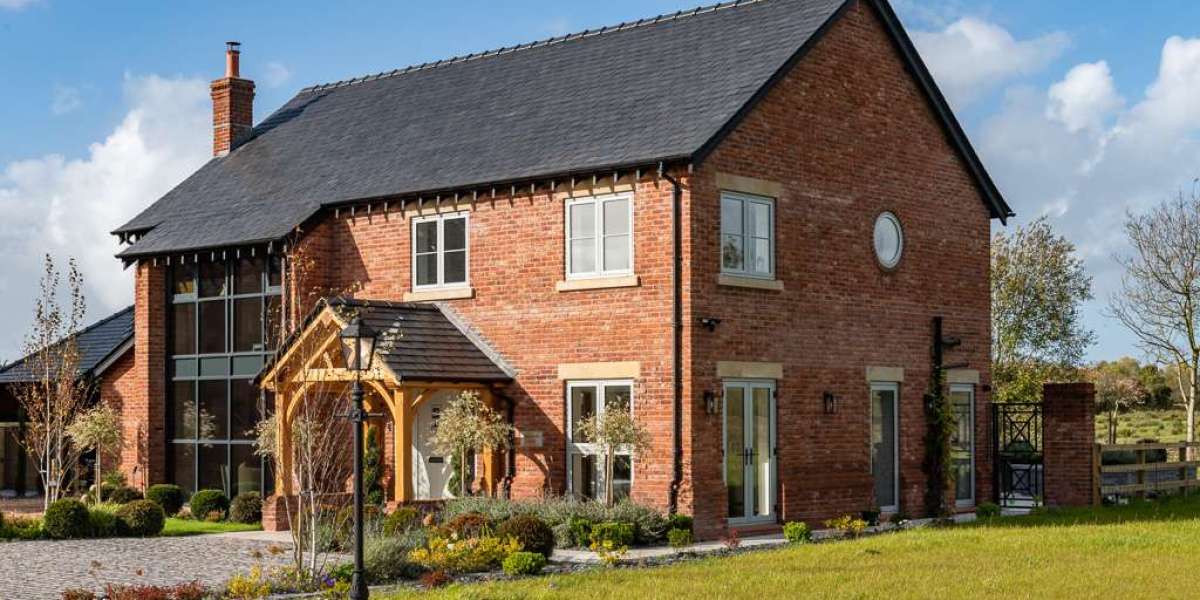Building your own computer may seem like a daunting task, especially if you're trying to do it on a budget. However, with the right guidance and a focus on sourcing cheap PC parts, you can construct a powerful and efficient machine without breaking the bank. Whether you're a gamer, a content creator, or just someone looking to upgrade their office setup, this guide will help you find cost-effective components and essential network accessories to create your dream PC.
1. Understanding Your Needs
Before diving into the world of cheap PC parts, it's crucial to determine what kind of computer you're building. Are you focusing on gaming, content creation, or simply general computing tasks like browsing and document editing? Each of these categories requires a different level of power and resources.
For a gaming PC, you'll want to focus on a powerful graphics card and a decent processor. If you're into content creation like video editing, you’ll need a system that can handle multitasking with a strong CPU and more RAM. Meanwhile, for basic tasks, you can save more by going for mid-range parts that perform well without the premium price tag.
Once you know your needs, you can move on to selecting the right components.
2. Finding Cheap PC Parts
Building a computer doesn't have to cost thousands of dollars. You can easily find cheap PC parts if you know where to look. Here's how you can save on the essential components:
Processor (CPU): The CPU is the brain of your computer, and while high-end models like Intel's i9 or AMD’s Ryzen 9 can cost a pretty penny, you can find budget-friendly options like the Ryzen 5 or Intel i5 that offer excellent performance for a fraction of the price.
Graphics Card (GPU): While the latest GPUs can be expensive, looking into used or slightly older models can save you hundreds. Sites like eBay or local marketplaces often have good deals on cheap PC parts, especially for graphics cards.
RAM: Memory is crucial for multitasking. While more RAM is generally better, a solid 16GB of DDR4 RAM is more than enough for most users, and it's relatively affordable if you shop around.
Storage: Solid State Drives (SSDs) are much faster than traditional hard drives and have come down significantly in price. You can get a 500GB SSD for a reasonable price, providing you with fast boot times and quick access to files.
Motherboard: A reliable motherboard doesn’t have to be expensive. Many budget boards offer great performance and can support the latest processors, memory, and storage options. Check compatibility with your chosen CPU and RAM before making a purchase.
3. Don’t Forget Network Accessories
In the modern digital age, having the right network accessories is just as important as having the core components of your PC. Network connectivity plays a key role in making sure your computer is useful for work, play, or even remote collaboration. Here are some budget-friendly network accessories that you should consider for your build:
Wi-Fi Adapters: If you’re building a desktop PC that won’t be hardwired to an internet connection, a reliable Wi-Fi adapter is essential. Look for a dual-band USB adapter that supports both 2.4 GHz and 5 GHz frequencies for a stable connection.
Ethernet Cables: If speed and stability are critical, especially for gaming or streaming, using an Ethernet cable for a wired connection is the way to go. High-quality Cat5e or Cat6 cables are affordable network accessories that provide fast and reliable connections.
Routers and Modems: If you’re planning to upgrade your home network, investing in a good router or modem is essential. However, you don’t need to break the bank. Many budget routers offer excellent speeds and range, perfect for home setups where multiple devices are connected.
4. Assembling the PC
Once you've gathered all your cheap PC parts and network gear, it's time to assemble the machine. This process can be intimidating for first-timers, but with plenty of online resources and video guides, it’s easier than ever to follow step-by-step instructions.
Start by installing the CPU into the motherboard, followed by the RAM and storage. Once your core components are in place, mount the motherboard in the case, install the power supply, and connect all your necessary cables. Lastly, secure the GPU and connect your network accessories like Wi-Fi adapters or Ethernet cables to ensure internet access.
5. Post-Assembly: Installing Software and Testing
After assembling your PC, it's time to install the operating system (usually Windows or Linux) and all the drivers necessary to get the components running. Check your network connections to make sure the Wi-Fi adapter or Ethernet is working properly. Ensure that your network accessories are fully functional and delivering the speeds and connectivity you need.
Lastly, run performance tests to check the stability of your system. Programs like Prime95 (for stress testing your CPU) and FurMark (for testing the GPU) will help ensure that your system is running smoothly.
6. Future-Proofing Your Setup
Building a PC with cheap PC parts doesn’t mean it can’t be upgraded later. If your budget is limited now, you can always plan for future upgrades. Start with essential components and slowly build up your system with better parts or network accessories over time. This flexibility allows you to keep your system up to date without needing to purchase an entirely new PC.
Conclusion
Building a computer with cheap PC parts doesn’t have to be a difficult or expensive task. By focusing on budget-friendly components, making smart choices about your network accessories, and carefully assembling the machine, you can create a system that meets your needs while staying within your budget. Whether for work, gaming, or general use, building your own PC is a rewarding and cost-effective way to get exactly what you need out of your technology setup.



